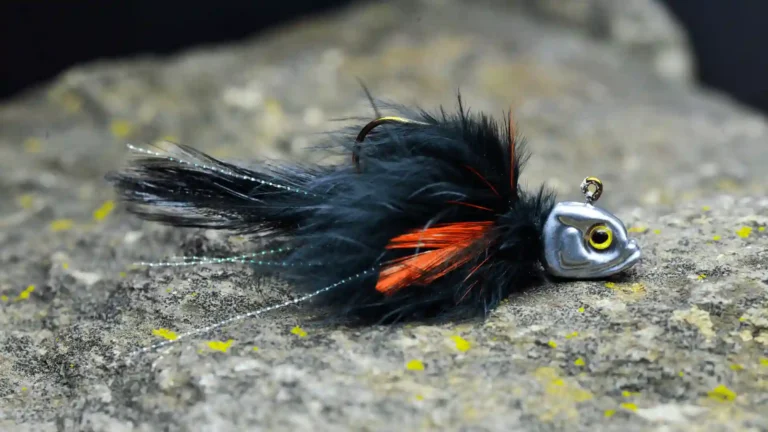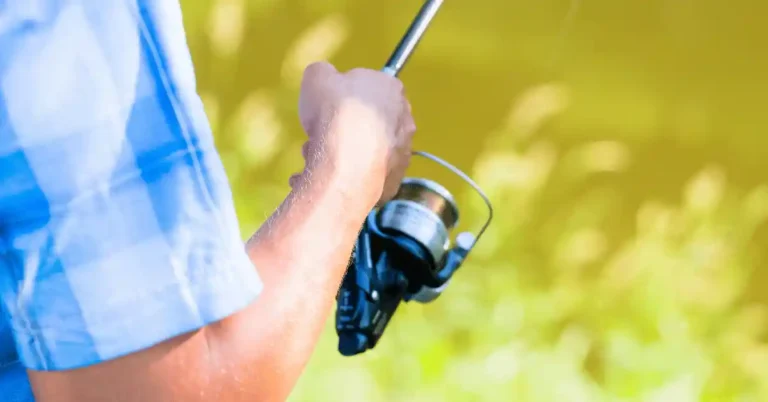19 Must-Read Books on Fly Fishing to Shake Off the Seasons In 2024
19 Must-Read Books on Fly Fishing to Shake Off the Seasons In 2024 Did you know that fly fishing is one of the fastest-growing outdoor activities in the United States? With its combination of skill, artistry, and connection with nature, fly fishing has captured the hearts of anglers across the country. Whether you’re a novice…




